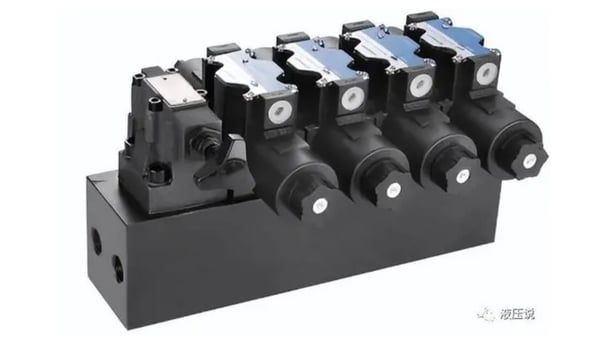Types and Application Scenarios of Hydraulic Directional Valves
11/13/20242 min read


Introduction to Hydraulic Directional Valves
Hydraulic directional valves are essential components in hydraulic systems, responsible for controlling the flow direction of hydraulic fluid. They play a crucial role in a variety of hydraulic applications, allowing for efficient operation and performance. In this blog post, we will discuss the different types of hydraulic directional valves and explore the scenarios in which they are commonly utilized.
Types of Hydraulic Directional Valves
Hydraulic directional valves come in various types, each suited for specific applications. The most common types include:
Electrohydraulic Valves: These valves are operated electronically, providing precise control over fluid flow. They can be found in applications requiring automatic control.
Manual Valves: Manual directional valves are operated by hand, suitable for applications where human intervention is practical. They are simple and reliable.
Pneumatic Valves: While not strictly hydraulic, pneumatic valves can work alongside hydraulic systems to control air flow, facilitating precise control in machinery.
Solenoid Operated Valves: These valves utilize an electromagnetic solenoid to control the flow of hydraulic fluid, offering a quick response time and efficiency.
Pilot Operated Valves: These valves use hydraulic pressure to switch flow paths, providing enhanced capability and reliability in high-pressure environments.
Application Scenarios of Hydraulic Directional Valves
Hydraulic directional valves are utilized in diverse scenarios across various industries. Here are some common applications:
Manufacturing Equipment: In factories, hydraulic valves control actuators and cylinders, enabling tasks like lifting, pushing, and rolling materials.
Construction Machinery: Hydraulic directional valves are integral to machines like excavators and bulldozers, controlling boom and arm movements with precision.
Aerospace: In the aerospace industry, hydraulic valves manage critical flight control systems, ensuring safety and reliability.
Automotive Systems: Hydraulic brakes and steering systems involve the use of directional valves, enhancing vehicle control and performance.
Agricultural Equipment: Farms use hydraulic valves in tractors and harvesters to manage attachments and tools, improving operational efficiency.
Overall, hydraulic directional valves are indispensable in modern machinery and equipment, offering flexibility and control. Understanding the different types and their applications enables professionals to make informed decisions when designing or maintaining hydraulic systems.
Conclusion
In summary, hydraulic directional valves are pivotal components in the operation of hydraulic systems. From manufacturing to agriculture, their versatility allows for effective control and automation. By recognizing the distinct types of valves and their respective application scenarios, one can better appreciate the role they play in enhancing efficiency and safety across various industries.
